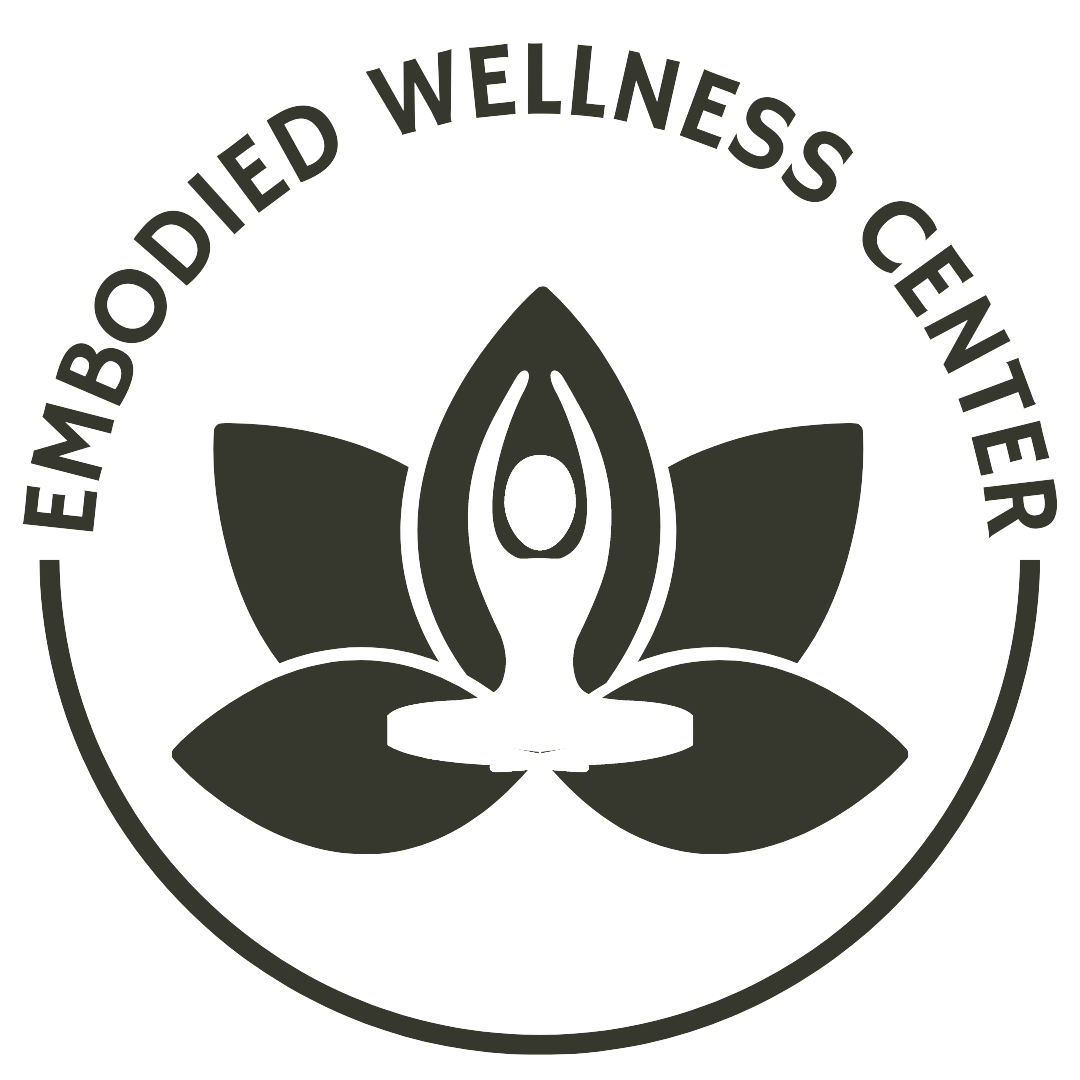Bridging the Gap: Integrating Mind and Body in Psychotherapy Through Embodied Cognition

Understanding the Mind-Body Connection in Mental Health
In the world of psychology, there’s a concept gaining popularity: embodied cognition. This idea challenges the traditional belief that mind and body are separate. Instead, it highlights the deep interconnectedness of the mind and body. Embodied cognition suggests that our thoughts don’t just come from the brain–they’re shaped by our bodily sensations, movements, and the environment around us. In other words, the mind doesn’t operate in isolation from the body: rather, it’s intricately intertwined with it. Our thoughts, emotions, and behaviors are shaped by our physical sensations, movements, and surroundings.
What Does Embodied Cognition Look Like in Practice?
To explain the concept of embodied cognition to my clients, I often ask them to close their eyes and imagine holding a lemon. I guide them through this exercise using their senses: feeling its texture, smelling its citrusy scent, and imagining biting into it. Most people notice a physical response like salivating even though there’s no real lemon. That’s the body reacting to a thought.
Another great example is the concept of power poses. Research shows that when we stand in confident postures (i.e., hands on hips, shoulders back, chin up), we feel more confident and empowered. These examples show that the body can shape the mind, just as the mind shapes the body.
Why Does Embodied Cognition Matter for Psychotherapy?
This shift in understanding has huge implications for how we approach mental health treatment. Traditional mental health treatment has focused almost exclusively on the mind by challenging thoughts and beliefs and processing current and past experiences. While those tools are still valuable, they only address part of the picture. Additionally, many mental health conditions like anxiety, trauma, or chronic stress have a large physical component. For instance:
-
- Individuals with anxiety often experience restlessness, persistent muscle tension, and rapid heart rate.
- People with trauma or PTSD may be stuck in either hyperarousal (feeling on-edge, tense, or overstimulated) or hypoarousal (feeling numb, disconnected, or frozen).
If we’re not addressing these physiological components in mental health treatment, we’re missing a big piece of the puzzle.
What is Somatic Therapy?
There are many emerging treatment modalities that are influenced by the concept of embodied cognition. At Embodied Wellness Center, we specialize in somatic therapy, which is one form of psychotherapy that focuses on the mind-body connection.
Below are several other evidence-based treatment modalities influenced by the principles of embodied cognition:
1
Yoga Therapy
Yoga therapy is a holistic approach to healing that is rooted in the ancient yogic philosophy. Yoga therapy incorporates postures (asanas), breathing techniques (pranayama), meditation, and relaxation to address specific mental and physical health concerns. Yoga therapy has been proven to help with a variety of concerns like anxiety, depression, posttraumatic stress disorder, and ADHD. Practitioners trained in yoga therapy may or may not be licensed mental health professionals.
2
Sensorimotor Therapy
This approach integrates somatic and cognitive techniques to process trauma. It blends body awareness with cognitive processing and focuses on how posture, movement, and somatic patterns reflect early life experiences and trauma, and works to shift those patterns through mindful awareness and movement experiments. Sensorimotor therapy is conducted by a licensed mental health professional with additional trainings and/or certifications in sensorimotor therapy.
3
Mindfulness-Based Stress Reduction
Mindfulness-Based Stress Reduction (known as MBSR) incorporates body scans, mindful movement, and breath awareness to help with stress regulation and emotional processing. Though MBSR is typically conducted in a structured 8-week group program, it can be incorporated into individual therapy as well. Research shows that MBSR is beneficial for individuals with anxiety, depression, PTSD, and chronic stress. Certified MBSR teachers come from a variety of professional backgrounds, including healthcare, education, yoga, social work, coaching, and even corporate settings.
4
Somatic Experiencing
Somatic Experiencing (also known as SE), helps clients renegotiate and release trauma stored in the body. It focuses on bodily sensations rather than cognitive processing to complete interrupted trauma responses. SE is conducted by a licensed mental health professional with additional training and/or certification in SE.
5
Dance/Movement Therapy
Based on the belief that movement reflects inner emotional states, DMT uses expressive movement to improve mental and emotional well-being. It’s effective for clients who may have difficulty verbalizing their experiences. DMT is conducted by a licensed mental health professional with additional training and/or certification in DMT.
Note: This is not an exhaustive list, but rather an introduction to some of the most widely used body-based approaches.
The Future of Therapy is Holistic
Embodied cognition has profound implications for psychotherapy and the future of mental health treatment. By integrating the body into the healing process, therapy can become more holistic and effective, especially for those navigating anxiety, trauma, burnout, or chronic stress. At Embodied Wellness Center, our team is trained in somatic and mindfulness-based techniques that treat the whole person: mind, body, and spirit.
If you’re interested in learning how somatic therapy can help you reconnect with your body, release stored tension, and find lasting relief, we’re here to support you.
Ready to experience therapy that integrates mind and body?
Contact Embodied Wellness Center today to schedule a consultation and learn more about our holistic approach to mental health.
*Disclaimer: The content posted on this website is for marketing and educational purposes only. It is not, nor is it intended to be, psychotherapy or a replacement for mental health treatment. Please seek the advice of your licensed medical or mental health professional, and do not avoid seeking treatment based on anything read on this website.



